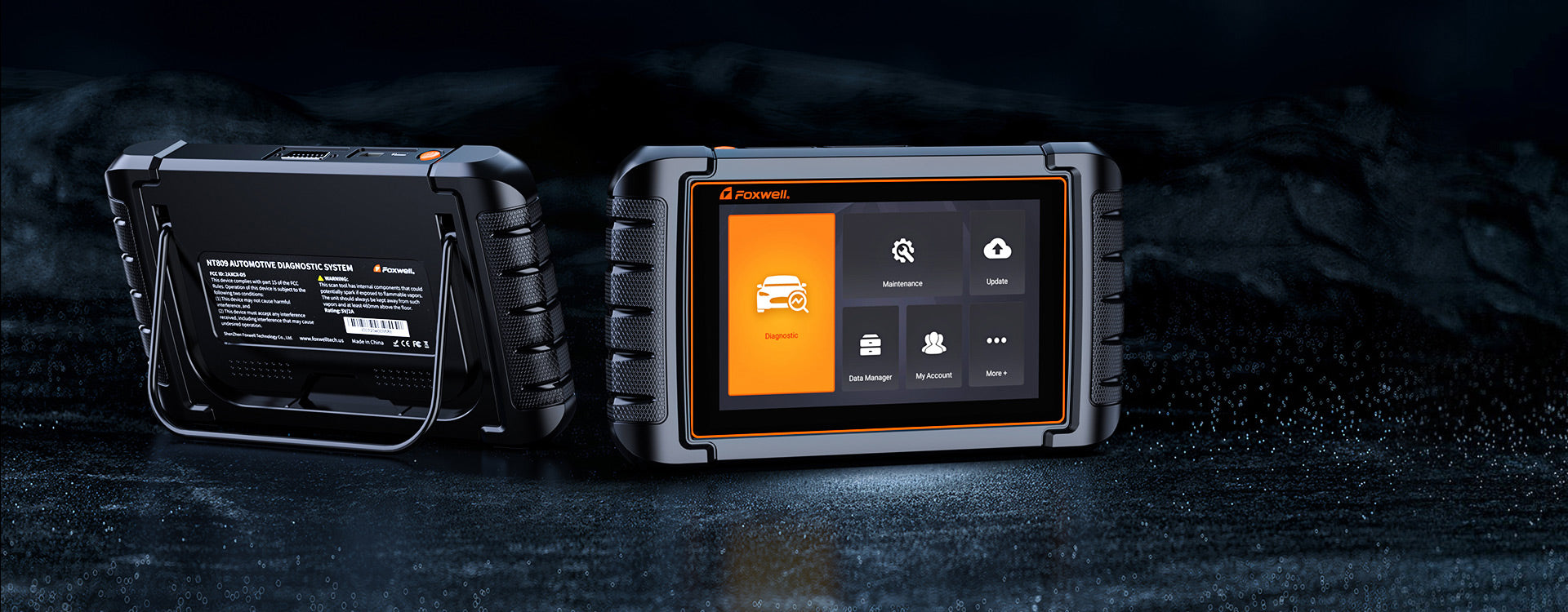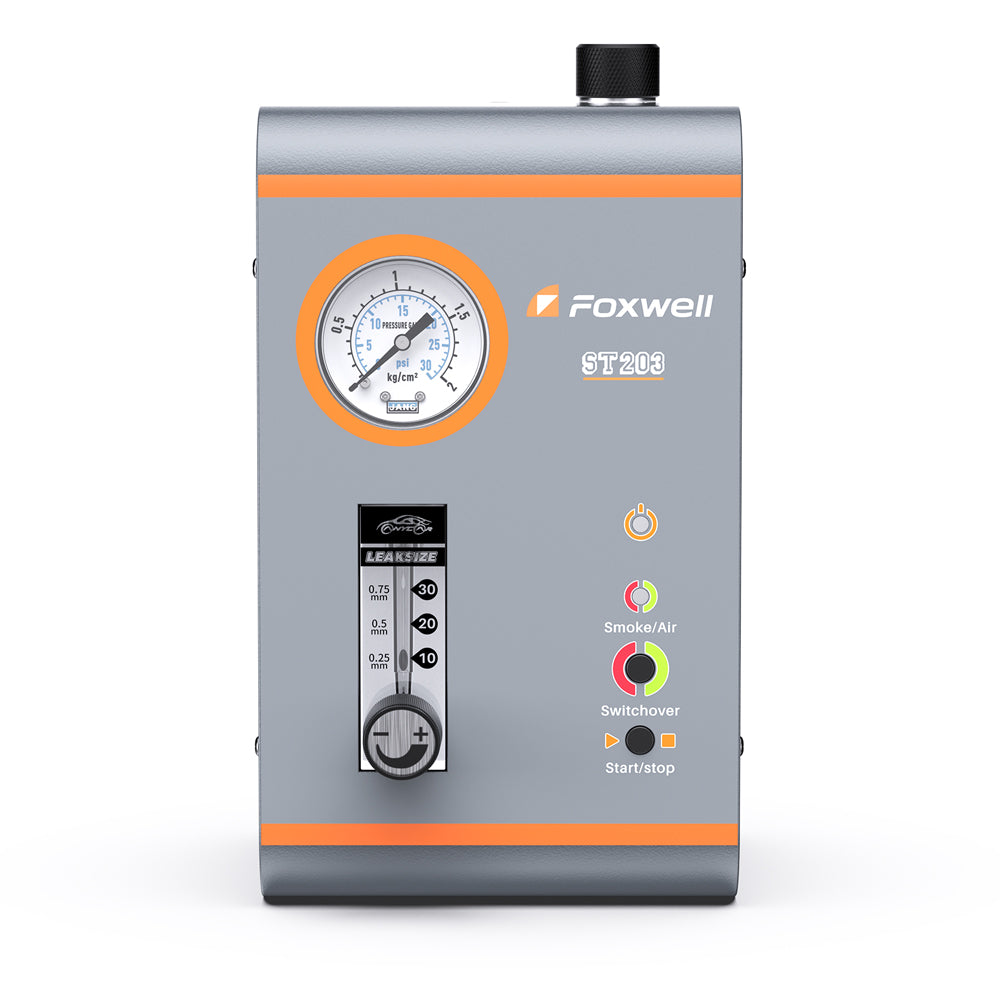Navigating the complexity of vehicle maintenance can be difficult, but using an OBD2 scanner gives car owners greater understanding and control over their ride's health. This tool not only demystifies auto diagnostics but also turns everyday drivers into knowledgeable caretakers for their rides.

Exploring Their Benefits on Vehicle Management with DIY OBD2 Scanners
An OBD2 scanner can be much less costly than visiting a professional mechanic for every minor problem that may arise, making regular check-ups much more cost-effective and helping car owners identify error codes and assess the severity of automotive issues more efficiently themselves.
By investing in such an affordable DIY scanner, car owners can monitor their vehicles for signs of trouble before significant repairs become necessary. Investing in such an asset could prevent minor issues from growing into costly ones.
Preventative Maintenance: Staying Ahead of Car Troubles
DIY OBD2 scanners are essential tools in preventative maintenance. They enable car owners to conduct regular diagnostics and identify potential issues before they become serious. By inspecting critical vehicle systems regularly, drivers can address concerns early and possibly prolong their lifespan while saving on repair bills in the future.
Educational Benefits: Expanding Automotive Know-how
DIY OBD2 scanners are more than a cost-cutting measure; they're also invaluable learning tools. Offering real-time insights into the workings of different car systems—such as engine and transmission components—they allow owners to become better informed of how their cars function and their maintenance needs.
How to Find the Ideal DIY OBD2 Scanner
Finding the appropriate DIY OBD2 scanner is integral for effective vehicle diagnostics and maintenance. It helps identify issues quickly while helping understand the needs and health of the vehicle more accurately. Here, I outline essential considerations as well as popular product models so that you can make an informed decision.
Key Features to Consider When Selecting a DIY OBD2 Scanner
When it comes to selecting the appropriate DIY OBD2 scanner for your needs, several key aspects must be considered so that the device meets both technical requirements and user preferences.
Compatibility
Compatibility should always be your top priority when selecting a scanner, so make sure it supports your vehicle's make, model, and year. Most modern scanners cover vehicles from 1996 onwards—when OBD2 became widely adopted—while some might provide better support for certain brands or newer.
Features
OBD2 scanners come in all shapes and sizes. Basic units read and clear error codes, while more sophisticated models offer additional capabilities such as:
Live data monitoring: Visualizing real-time feeds of engine and vehicle performance.
ABS/AIRBAG system diagnostics: Not all scanners can read these crucial safety systems.
ECU programming/calibration: More sophisticated scanners interact more extensively with the vehicle's electronic systems.
Consider what functions you require based on your car maintenance and repair comfort level.
User Interface and Ease of Use
An OBD2 scanner should also offer ease of use, from large displays with easy-to-read displays and intuitive menus to smartphone connectivity. This provides convenient ways for anyone who lacks tech savvy to diagnose issues quickly or track vehicle data.
Software Updates and Support
Technology evolves rapidly as vehicle complexity grows. For an effective scanner experience, consider choosing one with regular software updates to stay compatible with newer vehicles and handle newly detected faults or errors. Furthermore, manufacturer support may prove invaluable if any issues or questions arise while using your scanner.
Popular DIY OBD2 Scanner Models and Brands
To help narrow down your choices, here's a glimpse at some well-recognized models in terms of reliability and performance. These examples offer various capabilities at various price points to meet diverse user requirements.
Pros: Cost-effective and straightforward to use; provides basic diagnostics, including engine fault codes.
Cons: Limited engine diagnostic capabilities; not support ABS or airbag systems.
FOXWELL NT644 Elite
Pros: High-cost effectiveness with access to ABS or airbag system diagnostics.
Cons: Offers comprehensive coverage beyond basic codes, providing advanced functions like oil reset, EPB service, and DPF regeneration.
Pros: Professional-grade tool offering ECU programming, active tests, and full system diagnostics capabilities.
Cons: It can be expensive; it may provide more features than necessary for DIY users.
BlueDriver Bluetooth Pro
Pros: Connects via Bluetooth to your smartphone for convenient diagnostics with an intuitive app interface.
Cons: Relies on the phone for display and may need a solid Bluetooth connection for optimal operation.
Autel AutoLink AL319
Pros: This extremely affordable and straightforward solution is perfect for novice users needing basic code reading/clearing capabilities.
Cons: It has incomplete system diagnostic capabilities.
Making Your Decision
In conclusion, selecting the ideal DIY OBD2 scanner depends on your needs, vehicle compatibility, and how deeply you wish to delve into vehicle diagnostics.
Beginners opt for a basic and straightforward OBD2 scanner, while professionals or enthusiasts prefer more complex models with multiple features and functionality. Always weigh the cost against features and usability before selecting your scanner to maximize your investment's value.
Master Your DIY OBD2 Scanner Step-by-Step Guide
Connect the Scanner: Plug your OBD2 scanner into the diagnostic port beneath your dashboard. Initialize the Device: Follow on-screen instructions to initialize and ensure proper communication between your scanner and the vehicle's ECU.
Take Diagnostic Steps: Use the menu to perform diagnostic tests, such as reading and clearing error codes.
Troubleshoot Common Issues With an OBD2 Scanner:
Connection Failures: Update the scanner's firmware and verify that its diagnostic port is free from obstruction and damage.
Inconsistent Data: Confirm that no disruption in data flow has occurred and that your vehicle battery is in good condition.
Explore Advanced Features of DIY OBD2 Scanners
As vehicle technology rapidly changes, so do the tools used to understand it. DIY OBD2 scanners have come a long way from simple code readers to offering comprehensive diagnostics and real-time monitoring features that provide users with greater insights into their vehicle's health and performance.
Here, we explore some of these advanced functionalities offered by modern DIY OBD2 scanners, giving an inside glimpse at how they could transform car maintenance practices.
Real-Time Data Monitoring
One of the critical capabilities of modern DIY OBD2 scanners is real-time data monitoring. This feature lets users see live information from sensors as the vehicle operates, providing live insight into performance. Common data points may include:
Engine RPM: Showing an engine's revolutions per minute can help identify performance issues and ensure optimal engine function.
Coolant Temperature: Monitoring coolant temperature can prevent overheating, which could result in engine damage - monitoring coolant temperature helps protect against this risk.
Fuel System Status: This can indicate the fuel system's efficiency and assist with diagnosing issues with delivery or consumption.
Oxygen Sensor Data: Oxygen sensor data are invaluable in evaluating combustion performance and emission system effectiveness.
Enhanced Diagnostic Features
Real-time data provides a dynamic snapshot of a vehicle's condition, providing immediate feedback that can assist with troubleshooting issues as they arise.
Advanced DIY OBD2 scanners come equipped with additional diagnostic features that go beyond essential code reading, providing more in-depth analysis of a vehicle's systems:
Live Data Streaming: This feature enables a scanner to continuously collect information from sensors and systems within a vehicle, providing useful real-time feeds from different sensors and systems for diagnosing intermittent issues that don't leave behind an error code.
Graphical Data Presentation: Some scanners feature graphing features to help pinpoint when an issue arises and to pinpoint exactly where.
Actuation Tests: Actuation tests allow the scanner to command various vehicle components to test their functionality, such as cycling an ABS pump to ensure its reaction is appropriate.
Advanced Code Analysis: These scanners go beyond simply reading and clearing codes. They also provide detailed descriptions, troubleshooting tips, and manufacturer-specific details that can prove invaluable in complex repairs.
Module Coding and Programming: High-end models allow users to program new components or adjust their vehicle's software configurations, which is especially helpful for tasks such as key fob programming or aftermarket modifications.
Compatibility with Manufacturer-Specific Codes
While all vehicles with OBD2 systems utilize standard diagnostic codes, certain manufacturers include additional proprietary codes for specialized diagnostics. Advanced scanners can access these enhanced diagnostics codes, providing deeper insight into specific systems such as airbags, transmission, or any other critical vehicle component.
Modern DIY OBD2 scanners typically include improved connectivity options like Bluetooth or Wi-Fi that enable them to seamlessly interact with smartphones and tablets, seamlessly interfacing with apps and software that extend its functionality and allow features to like:
Remote Diagnostics: Get remote status checks of your car to monitor family vehicles or quickly identify issues from afar.
Data Logging and Export: Collect diagnostic data over time so you can monitor its performance and maintenance needs over time.
Community and Technical Support: Tap directly into forums and databases through the app for guidance when handling complex issues, which can prove invaluable when working through difficult circumstances.
Considerations for Advanced Users
While advanced features may offer deeper insights into a vehicle's systems and performance, they require more in-depth knowledge of automotive diagnostics. Users should ensure they possess or are willing to acquire this expertise to use these capabilities correctly. Increasing functionality often comes at a price; users should evaluate whether extra features justify investing more based on their needs.
Overall, advanced DIY OBD2 scanners are powerful tools beyond trouble code reading. They enable comprehensive vehicle diagnostics and real-time performance monitoring - providing car enthusiasts and DIY mechanics with professional-level capabilities at a fraction of the cost.

Conclusion
In conclusion, an affordable DIY OBD2 scanner is an invaluable asset to any vehicle owner looking for a proactive approach to vehicle maintenance. It can save costs while increasing understanding of the operational dynamics of their vehicle's operation. Invest in a quality DIY OBD2 scanner today if you want peace of mind when owning and driving!
FAQs
Can a DIY OBD2 scanner be used on any car?
Most cars manufactured after 1996 can use an OBD2 scanner. However, it's important to verify compatibility with your specific vehicle model and make.
What are the key features to look for in a DIY OBD2 scanner?
Key features include compatibility with your vehicle, the ability to read and clear error codes, real-time data monitoring, and user-friendly interface.
Are DIY OBD2 scanners difficult to use?
No, most DIY OBD2 scanners are designed with user-friendly interfaces that guide you through the setup and diagnostic processes. Advanced models may require some learning but generally come with comprehensive guides.







Leave a comment
This site is protected by hCaptcha and the hCaptcha Privacy Policy and Terms of Service apply.